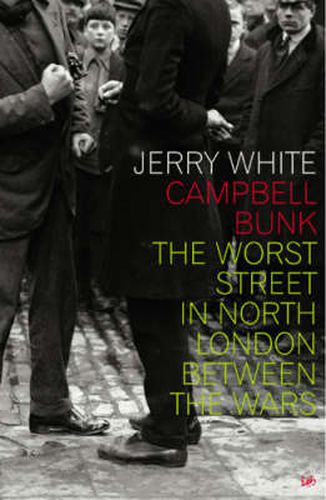Readings Newsletter
Become a Readings Member to make your shopping experience even easier.
Sign in or sign up for free!
You’re not far away from qualifying for FREE standard shipping within Australia
You’ve qualified for FREE standard shipping within Australia
The cart is loading…






From the 1880s to World War II, Campbell Road, Finsbury Park (known as Campbell Bunk), had a notorious reputation for violence, for breeding thieves and prostitutes, and for an enthusiastic disregard for law and order. It was the object of reform by church, magistrates, local authorities and scientists, who left many traces of their attempts to improve what became known as the worse street in North London . In all that record, the voice of Campbell Bunk itself was silent. Campbell Road was eventually cleared as a slum in the 1950s. This title provides insight into the realities of life in a slum community, showing how it changed over a 90-year period. The author uses extensive oral history to describe in detail the years between the wars, revealing complex lessons betweem the new world opening up (especially for young women) in Campbell Bunk and the street’s traditional culture of economic individualism, crime, street theatre and domestic violence.
$9.00 standard shipping within Australia
FREE standard shipping within Australia for orders over $100.00
Express & International shipping calculated at checkout
From the 1880s to World War II, Campbell Road, Finsbury Park (known as Campbell Bunk), had a notorious reputation for violence, for breeding thieves and prostitutes, and for an enthusiastic disregard for law and order. It was the object of reform by church, magistrates, local authorities and scientists, who left many traces of their attempts to improve what became known as the worse street in North London . In all that record, the voice of Campbell Bunk itself was silent. Campbell Road was eventually cleared as a slum in the 1950s. This title provides insight into the realities of life in a slum community, showing how it changed over a 90-year period. The author uses extensive oral history to describe in detail the years between the wars, revealing complex lessons betweem the new world opening up (especially for young women) in Campbell Bunk and the street’s traditional culture of economic individualism, crime, street theatre and domestic violence.